Hyrule Warriors: Age of Calamity takes players back 100 years to re-live the story told through Link’s fragmented memories in Breath of the Wild. It’s a tale of desperate resistance against inevitable doom, of a world banding together to stem the rising tide of monsters eroding the light.
It makes sense Age of Calamity tells its story through Warriors-style musou combat. And make no mistake: between all the hacking and slashing, Age of Calamity has an interesting story to tell. More than one, in fact. The hacking and slashing is a meaty added bonus, one that’s never been better in Nintendo’s Warriors games so far.
The end result is a superb blend of refined Warriors combat deeply rooted in Zelda lore, with a surprising amount to offer.
Hyrule Warriors: Age of Calamity Review — Once More Into the Breach
After you fire Age of Calamity up and watch the opening cutscene, it won’t take long to realize this isn’t quite what you expected from a BotW prequel. Zelda and time travel go hand-in-hand like a cold glass of Lon Lon milk and… whatever they snack on in Hyrule. The timeline is confusing as all get out thanks to that, and Age of Calamity won’t make it any clearer.
Whether it raises interesting possibilities for Breath of the Wild 2 or explodes the timeline doesn’t really matter. What matters is the dev team can run wild in BotW’s Hyrule and fill out the original world with dozens of satisfying moments and small stories.
Seeing an intense, life-and-death fight under the boughs of the slumbering Deku Tree or swooping over battlefields as Revali and peppering enemies with bomb arrows — Koei Tecmo and Omega Force get the Zelda universe.
Folks called the original Hyrule Warriors the ultimate fan service game, and that’s just not true anymore. The developers here stuffed Age of Calamity with so much Zelda goodness, filled out the corners, realized that meant room for more fanservice, and crammed a ton inside.
Even more remarkable is how these little moments flesh out the world and characters. Take Zelda, for instance. She’s nearly always been the ethereal princess in need of a helping Link, showing just a glimpse of personality in Breath of the Wild’s memories. Age of Calamity shows Zelda as both a leader and human Hylian.
She’s smart and the only one capable of using the Sheikah Slate as a weapon. She’s also determined to press forward and organize the realm’s resistance movement, despite her crippling self-doubt and jerk father. Played right, she’s one of the most powerful and enjoyable characters in the game.
This is the best incarnation of Zelda so far — though the bar was admittedly a bit low to begin with — and it’s something Nintendo needs to stick with in the future.
But it’s not just bringing Zelda alive that makes this Hyrule special. Age of Calamity lets you run amok with 18 characters, and while they don’t always play a meaningful role in shaping the story, it’s still a big change.
Just having them playable feels like a long-standing promise fulfilled. No longer passive watchers and pray-ers, Hyrule’s people get to actively shape their world, interact with each other, and tell their stories. It’s a step forward in shaking the series up, making it more dynamic, and another thing Breath of the Wild 2 hopefully continues.
Theirs aren’t the only stories unfolding either. Hateno Village and other locales might just exist as map blips, but they’re just as involved in stopping the Calamity as the Champions.
Age of Calamity is crammed with different side quests, some battle-oriented but most making use of your hard-won spoils. Two paragraphs of text accompany each, one before and one after completion, and it’s remarkable how much character and information these small blurbs contain.
Link helps prepare a newbie militia group for war, then follows up in a later quest with vital provisions. Zelda helps a young Rito make a wreath for the village’s goddess statue.
Age of Calamity has so many little stories to tell. Even though you can’t see them play out, it’s the most alive Hyrule’s ever felt.
There’s no shortage of self-referential humor either.
The quests themselves aren’t that deep, but Age of Calamity links them together in a satisfying way. A batch of new quests opens up and requires items won from finishing battle quests or main quests. You’ll get more hearts, a new combo, or open new stores, including some you visit during Breath of the Wild.
It’s a small but tangible sense of progression that hits all the right endorphin-releasers by rewarding everything you do. And as an added bonus, you can still destroy the gravitas of important scenes by dressing Link like a doofus.
Speaking of endorphin rushes, Age of Calamity‘s combat is superb. At times, it plays more like an action RPG than a straight-up musou, one that makes you think about the combos you’re using. Cutting through swathes of monsters feels weightier than its predecessor and adapts the essence of Breath of the Wild’s weapons almost perfectly.
Combos, such as using Mipha’s Grace as a healing finisher or exploding magma chunks for Daruk’s strong attacks, have all the flash you expect from a Warriors game, but they’re grounded in Breath of the Wild as well.
What Age of Calamity lacks in enemy variety it makes up for in mob mix and numbers. On top of the standard bokoblin hordes, you’ll run into a good many mini-boss-type monsters in each map.
Blue Moblins and Electric Wizzrobes might not seem like much on their own (they are, actually), but when two Ice Moblins and a Fire Wizzrobe team up, mindless slashing goes out the window. There’s still plenty of carpal tunnel-inducing button mashing, but it’s more considered than usual.
If you just want to smash thousands of monsters, then you’ll enjoy the Divine Beast stages. Piloting one of the four Beasts from BotW, you’ll mow down literally thousands of Lynels, Moblins, and more with special elemental attacks while fending off damage with the Beast’s specific counter skills.
These are fun in the sense that smashing things is fun, but they aren’t quite as engaging as the main battles. Fortunately, most of them don’t linger too long (except Vah Medoh’s stages), so it’s a nice diversion from the main game with plenty of special effects on show.
All this flashy action comes at a cost, and surprise, surprise, that cost is framerate and resolution. Resolution takes a major hit during special attacks and sometimes when there’s a lot on screen. Age of Calamity isn’t about perfect fidelity, though. Even though it turns into a Hyrulian approximation of Van Gogh’s Starry Night at times, it doesn’t really affect the experience.
Surprisingly enough, neither do the framerate drops — most of the time. Because they happen during combat’s biggest moments, it almost adds a touch of dramatic flair.
The frequent pop-in is dramatic, but not in a good way. Again, it doesn’t ruin the experience, but it does make one wonder how much more developers can get out of the Switch before it’s time for an upgrade.
Battles are too frantic to notice these issues for long, and Age of Calamity adds even more variables than the usual Warriors game.
Enemy placement and weapon type matter as usual, but so does the environment. Sometimes, gaining an edge in a tough fight means using the surroundings to your advantage, unleashing a lightning blast on a puddle or jumping off the wall to land a head hit on a Moblin and open its weak points.
Then there’s Breath of the Wild’s runes. You get to play with Stasis, Magnesis, Remote Bombs, and Cryonis. The forms they take differ for each character — Zelda gets the best — and they add a whole new layer to combat. Outside of using them in normal combat, certain runes counter enemy strong attacks and open their weak points.
I can’t overstate how good it feels to whack a Moblin, switch seamlessly to a Rune, break their defenses, wall jump for a mid-air combo targeting the head weak spot (a la Breath of the Wild), and then finish it off with a weak-point attack.
It never gets old.
The upgrading system does grate, unfortunately. It’s interesting, but it’s also a bit unnecessary. The blacksmith enhances your equipped weapons by fusing them with up to five other weapons from the spoils earned during missions.
These often have different engravings offering stat bonuses of some kind, but it isn’t always as useful as it sounds.
Mashing five weapons together without thinking works just as well, and while the challenge ramps up fast in the story quests, I can’t say the benefits from matching sigils are all that noticeable.
Though everyone else is limited to their signature battle tool, Link can swap between and level up spears, two-handed weapons, and one-handed weapons. Each offers unique movesets, but you’ll probably stick with the Master Sword once you get it. Given the thought put into these, more scenarios revolving around each type would have been nice, but it’s hardly a deal-breaker.
Some characters are more practical to play as than others, but it’s clear much thought went into designing the moves and movements of each. I don’t care if playing as Hestu is awkward. Hitting Moblins with maracas is fun, and I will continue to do it.
That actually sums up the Age of Calamity experience pretty well. It’s not super deep. Heck, it’s probably not even essential to the series, though we’ll have to wait for Breath of the Wild 2 to know with certainty. But it’s non-stop fun and a shining tribute to Breath of the Wild and Zelda as a whole.
Hyrule Warriors: Age of Calamity Review — The Bottom Line
Pros
- Expansive take on Breath of the Wild‘s Hyrule and its people
- Engaging combat
- Lots of character and playstyle variety
- So much quality fanservice
- Excellent soundtrack
Cons
- Some graphical and performance blips
- Doesn’t always make good use of all its systems
- Some Divine Beast battles drag on a bit
- Could use more checkpoints
Maybe Age of Calamity is a stop-gap to tide fans over until Breath of the Wild 2, but no effort was spared in making it a quality game. If you can’t stand musou combat, yeah, it might be better to pass on Age of Calamity. Fighting is more in-depth, but it’s still a Warriors game at heart.
If you’re fine with that or love Zelda, Age of Calamity is a must-have.
[Note: Nintendo of America provided the copy of Hyrule Warriors: Age of Calamity used for this review.]


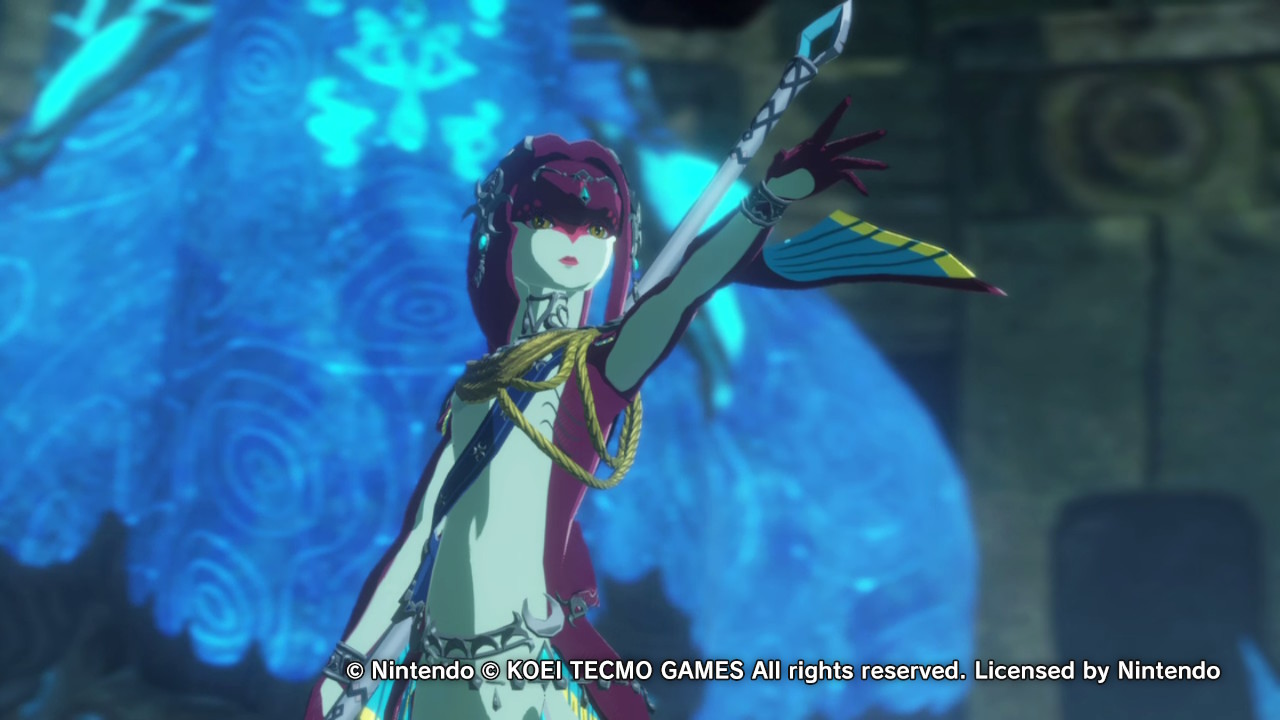
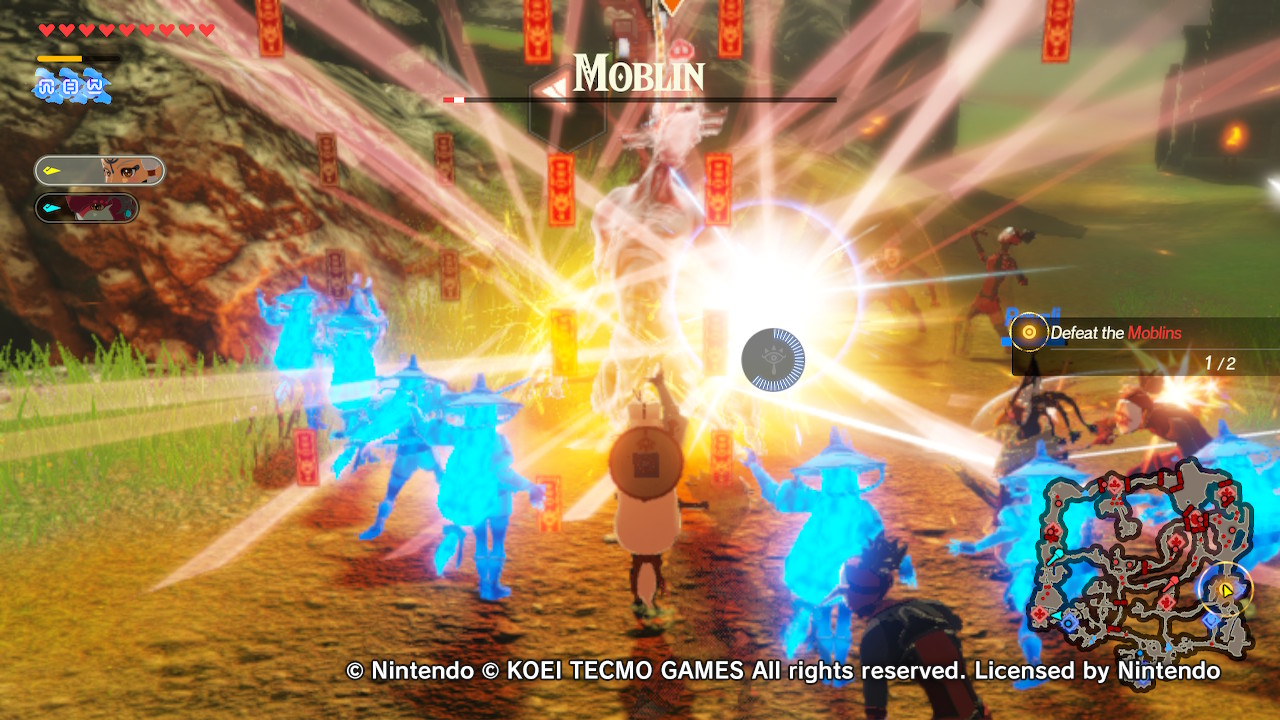
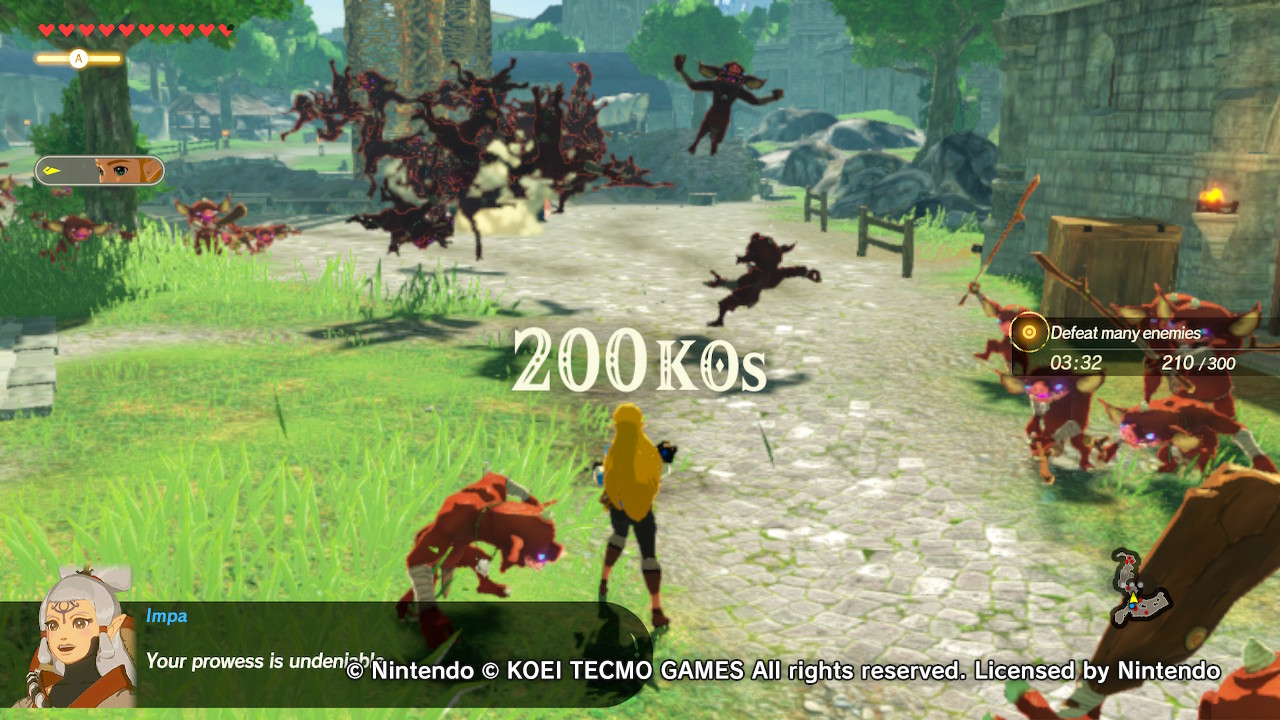
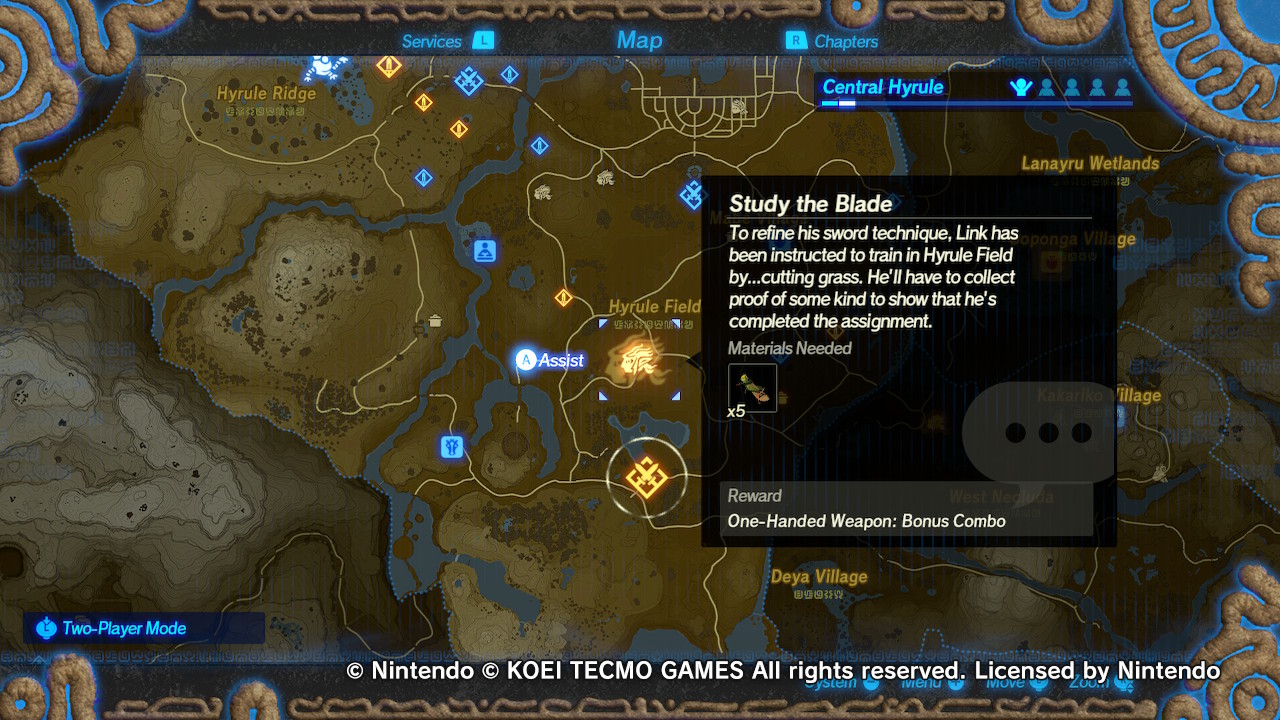

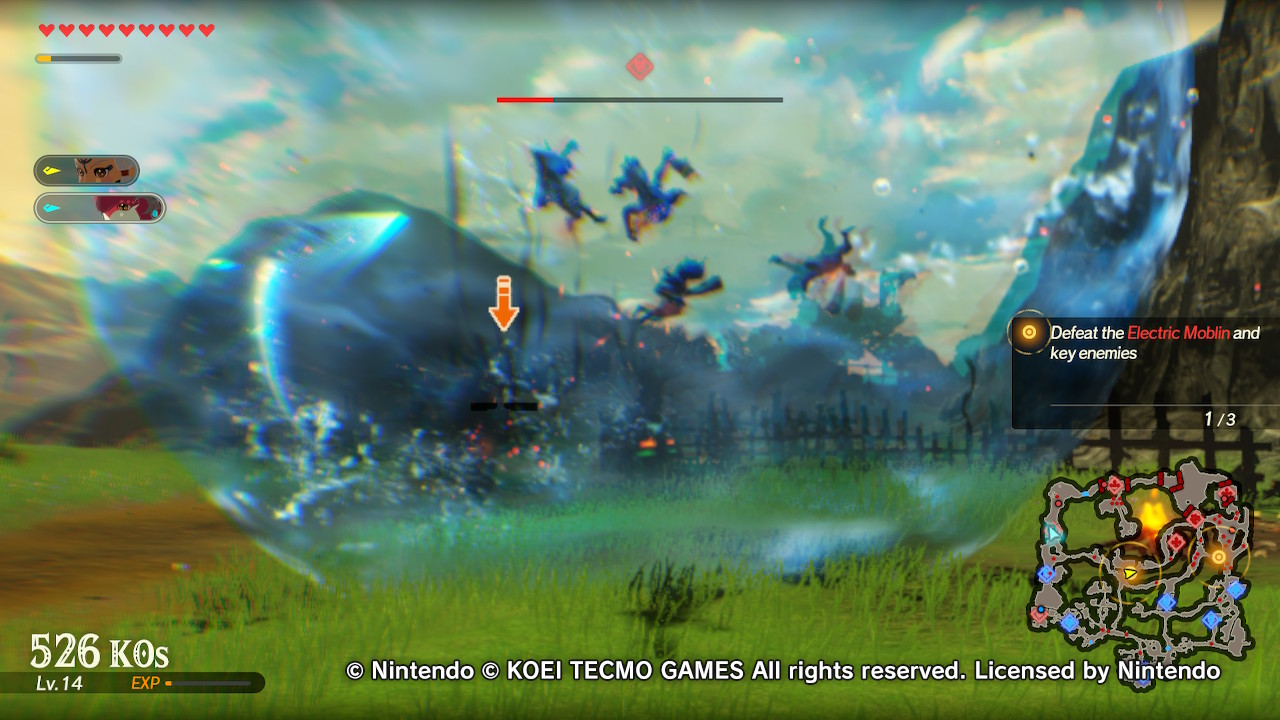
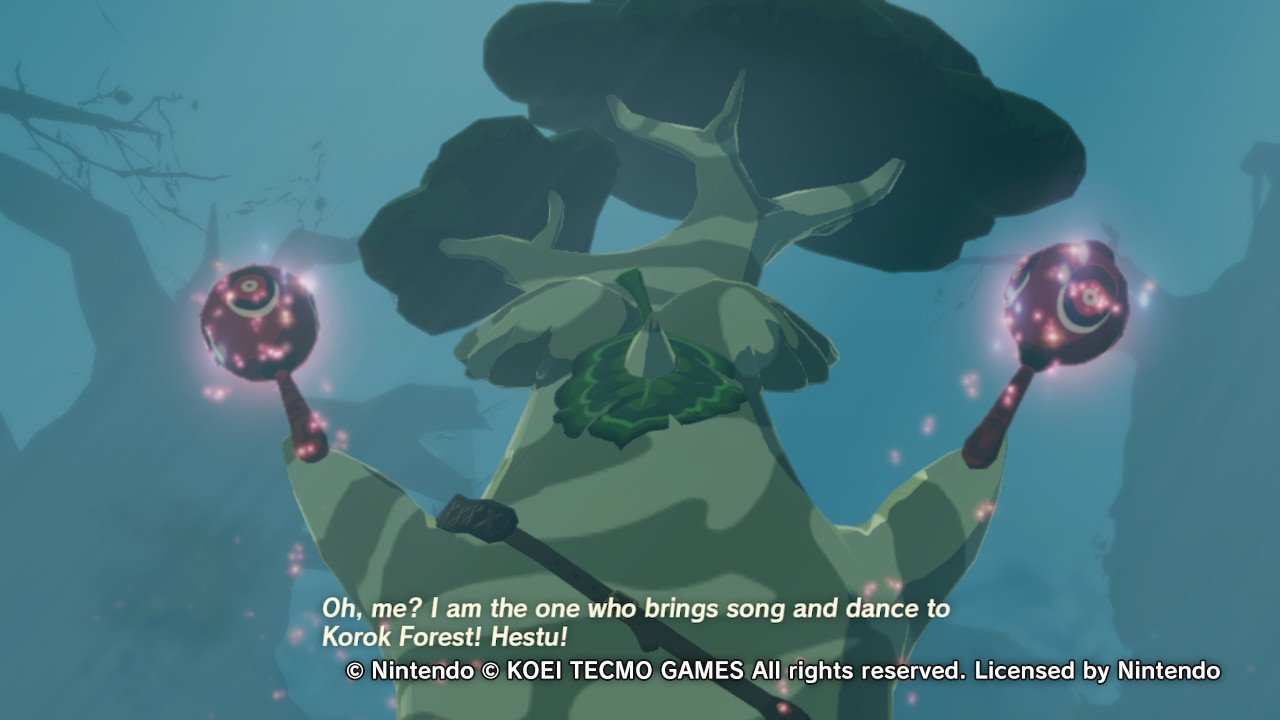






Published: Nov 25, 2020 02:20 pm